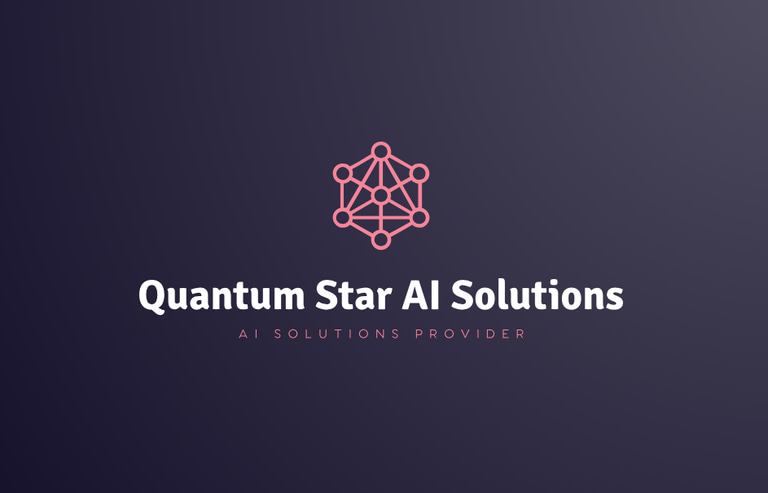Data integration use cases
Too many companies have piles of data but have no idea how to integrate it into their processes and everyday business.
Quantum Star AI Solutions
2/23/20232 min read

In the digital age, data serves as the lifeblood for organizations striving to maintain a competitive edge. However, many grapple with disparate data silos, missing the opportunity to harness the full potential of their data assets. This case study unfolds the journey of a mid-sized enterprise (referred to as 'the Company') that overcame data integration challenges to revamp its operational landscape, thereby unlocking new avenues of growth and efficiency.
Case Study Overview: We dissect the Company's experience across three pivotal data integration use cases - Centralized Data Hub Creation, Real-Time Data Analytics, and Cross-Functional Data Sharing, illuminating the transformative power of effective data integration.
Centralized Data Hub Creation:
Unified Data Repository: The Company embarked on creating a centralized data hub to consolidate data from diverse sources. Employing the latest in data integration technologies, disparate data silos were bridged, creating a unified data repository that became the cornerstone for data-driven decision-making.
Data Governance and Quality: With a centralized hub, the Company could implement robust data governance policies ensuring data accuracy, consistency, and security, which were crucial for compliance and trustworthy analytics.
Real-Time Data Analytics:
Operational Intelligence: By leveraging real-time data analytics, the Company gained immediate insights into operational performance. This enabled agile response to emerging issues, optimizing processes, and significantly reducing downtime.
Predictive Analytics: The ability to analyze data in real-time paved the way for predictive analytics, allowing the Company to foresee potential challenges and opportunities, thus fostering proactive business strategies.
Cross-Functional Data Sharing:
Enhanced Collaboration: The integrated data environment facilitated seamless data sharing across departments. This enhanced cross-functional collaboration, leading to more coherent strategies and faster decision-making.
Customer Experience Enhancement: With a more collaborative and data-informed approach, the Company could better understand and meet customer needs, leading to improved customer satisfaction and loyalty.
Conclusion: The case study of the Company epitomizes the transformative essence of data integration in modern enterprises. By breaking down data silos and fostering a culture of data-driven decision-making, the Company not only enhanced operational efficiency and agility but also positioned itself robustly in a competitive market landscape. The journey underscores that with the right data integration strategies, organizations can transcend traditional operational hurdles and carve a path toward sustained business growth and innovation.
Contact us
Whether you have a request, a query, or want to work with us, use the form below to get in touch with our team.


Location
8 The Green STE D,
Dover, DE 19901, USA
Hours
Mon-Fri 9:00AM-5:00PM
Contacts
+1302-330-7381
hr@quantumstarai.com
